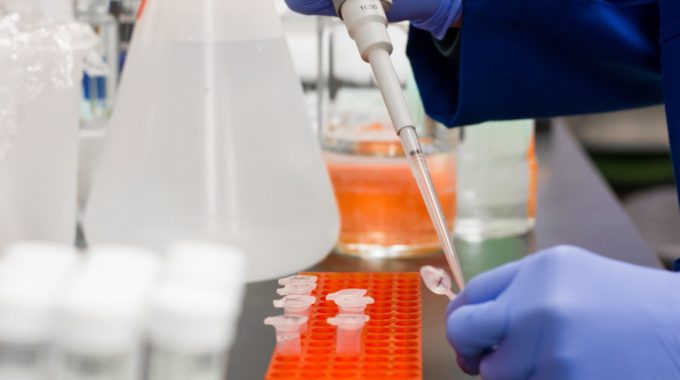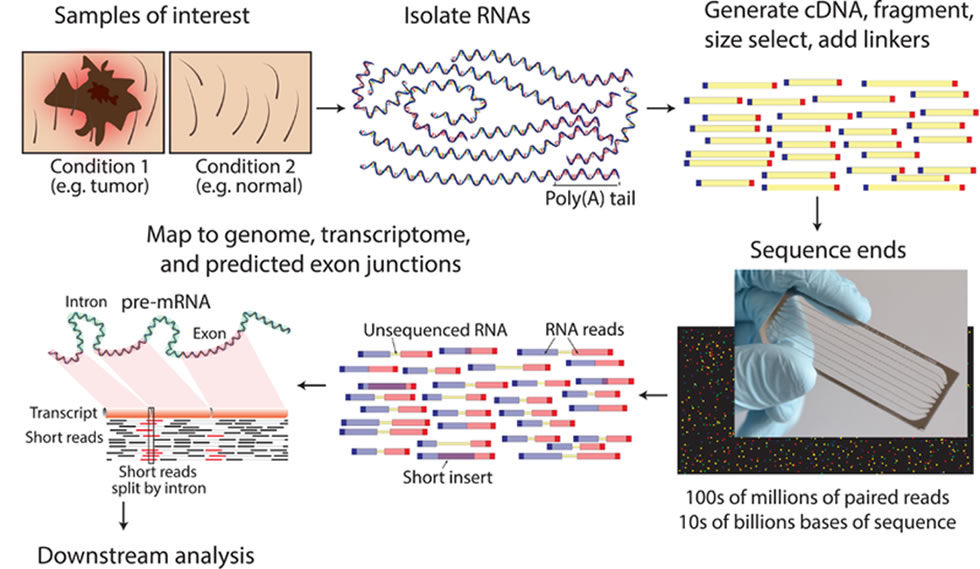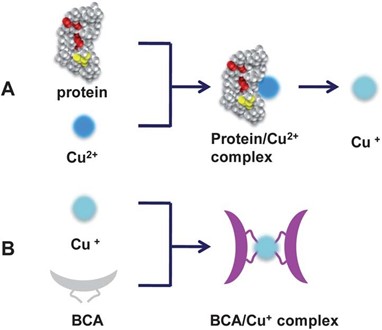Protein Electrophoresis Electrophoresis is a simple yet effective tool that is used to separate proteins,…

A Beginner’s Guide to RNA-Seq: Library Prep and Applications
RNA-Seq is a powerful technology that is widely used in many fields to examine the transcriptome of an organism at any given moment. This technology enables us to explore which genes are being transcribed at a given time and is most commonly used to examine cellular changes in response to a stimulus including therapeutic treatment or disease pathologies.
RNA-Seq uses Next-Generation-Sequencing (NGS) to examine the entire RNA content of the cells present in a sample, including mRNA, rRNA, and tRNA. Examining the transcriptome in its entirety show us which genes encoded in our DNA are being turned on or off, to what extent this is happening, and at what times certain genes are activated or turned off. This information is key to linking the information contained in our genome with functional protein expression. Here we will outline the steps involved in RNA-Seq and some of its applications.
RNA-seq Workflow
The first step in sample preparation is to ensure that you have a high-quality RNA sample. For standard RNA-seq library preparation, you will need between 100 ng to 1 µg of purified RNA. RNA extraction can be performed using a variety of methods including organic extraction using reagents such as TRIzol, RNA extraction kits that use filter-based spin columns and lysis buffers, or magnetic particle methods. Once extracted, it is important to ensure that the RNA is stored in an RNase-free environment.
Several steps need to be carried out before the extracted RNA can be used to sequence the transcriptome. The first is to ensure that all traces of DNA have been removed from the sample. This can be done by treating the sample with DNase. Next, the sample must be treated to either enrich polyadenylated RNAs or remove the ribosomal RNAs (rRNA) from the total RNA to allow efficient transcript detection. This is because a considerable amount of the total RNA in a cell is rRNA and this does not provide any information on gene expression. This can be done using a variety of methods including commercial kits or Poly A selection methods. These steps are necessary to maximize the sequencing results obtained.
Following this, the RNA molecules are digested, using an RNase, into smaller fragments for sequencing. These fragments can then be used to generate DNA fragments and construct a cDNA library that can be sequenced using NGS sequencing technology. This will result in DNA reads that can be mapped against the genome of the organism that you are studying. Genes that are highly expressed will have a high number of matching sequences whereas those that have been turned off will be present at very low numbers. This data can then be analysed to look at changes that are occurring across the whole transcriptome.

Applications
RNA-seq provides vital information about the transcriptome and can be used to answer a broad range of scientific questions including transcriptional profiling, single nucleotide polymorphism (SNP) identification, differential gene expression analysis, the study of alternative splicing events, and RNA editing. It can also be used to examine post-translational modifications that occur during mRNA processing such as polyadenylation and 5’ capping. This provides a deeper understanding of the transcriptome at a given time and the function of the specific genes within a cell or tissue. RNA-seq can be used to help discover the roles of various genes, including those that are unknown and assess changes that may indicate diseases.
How We Can Help
Cepham Life Science can provide high-quality cDNA library construction services to customers around the world. Our highly experienced staff use the latest in technology to offer you high-quality services at an affordable budget. In addition, we also offer a range of products that can be used to extract RNA including RNA extraction kits and extraction solutions.
Contact Cepham Life Sciences
Cepham Life Sciences offer a quality and comprehensive range of services that can meet all your gene library requirements. Our team of experts will be happy to offer advice and any questions that you have. We are available at our office which is located at 705 Digital Drive, Suite S, Linthicum Heights, MD 21090. You can also reach us by phone at (410) 636-4954 or by email.
Follow us on Twitter, Facebook, Google+, and LinkedIn to keep up to date on all of our products and promotions. If you have any questions, reach out! We would love to hear from you.


